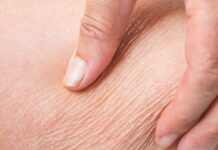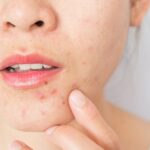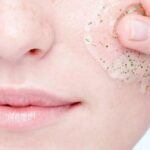Understanding your skin type is the first and most important step to effective skin care. However, not everyone has the means to visit a spa or use specialized skin analysis equipment. The good news is that you can easily determine your skin type at home with a few simple steps. This article will help you accurately identify whether you have oily, dry, combination, normal, or sensitive skin.
Why is it important to determine your skin type?
Each skin type has unique characteristics and care requirements. If you’re unsure of your skin type, you might choose the wrong products, leading to irritation, acne, or premature aging. By determining your skin type, you can:
- Choose the right cleanser, moisturizer, and toner for your skin.
- Learn how to balance moisture, control oil production, or hydrate your skin appropriately.
- Avoid wasting money on unsuitable products.
- Understand how your skin functions to care for it properly.
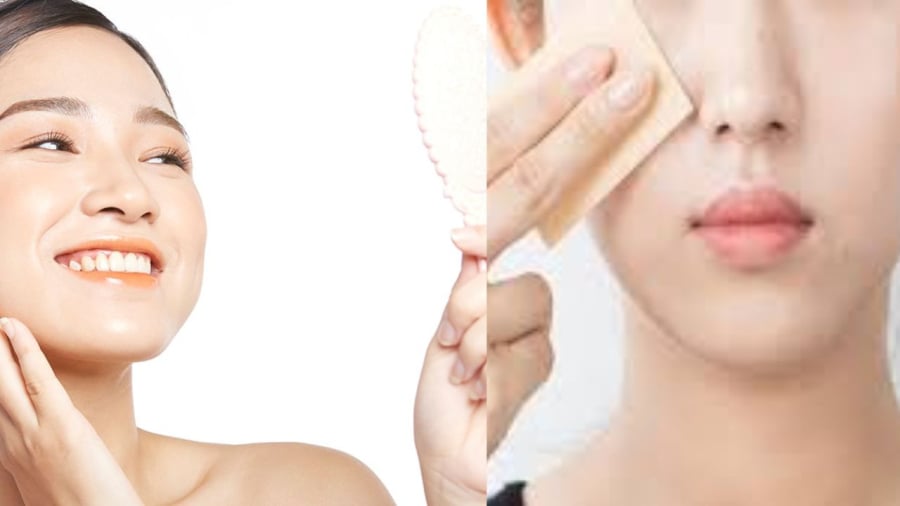
1. Common skin types
Before determining your skin type, it’s essential to understand the different categories:
- Normal skin: Well-balanced skin that is neither too dry nor too oily. It feels soft, has a smooth texture, and is less prone to acne.
- Dry skin: Lacks moisture, tends to flake, and feels rough. It may itch or crack during cold weather.
- Oily skin: Enlarged pores, shiny appearance, especially in the T-zone (forehead, nose, and chin). Prone to blackheads and acne.
- Combination skin: A mix of dry and oily areas. The T-zone is usually oily, while the cheeks are dry or normal.
- Sensitive skin: Prone to irritation, redness, and itching when introducing new products or during weather changes. This is a trait that can accompany any of the above skin types.
2. Simple and accurate methods to determine your skin type at home
Method 1: The Oil Absorption Test (30-minute test)
Preparation:
- Oil blotting paper or soft tissue paper
- Gentle facial cleanser
- Mirror
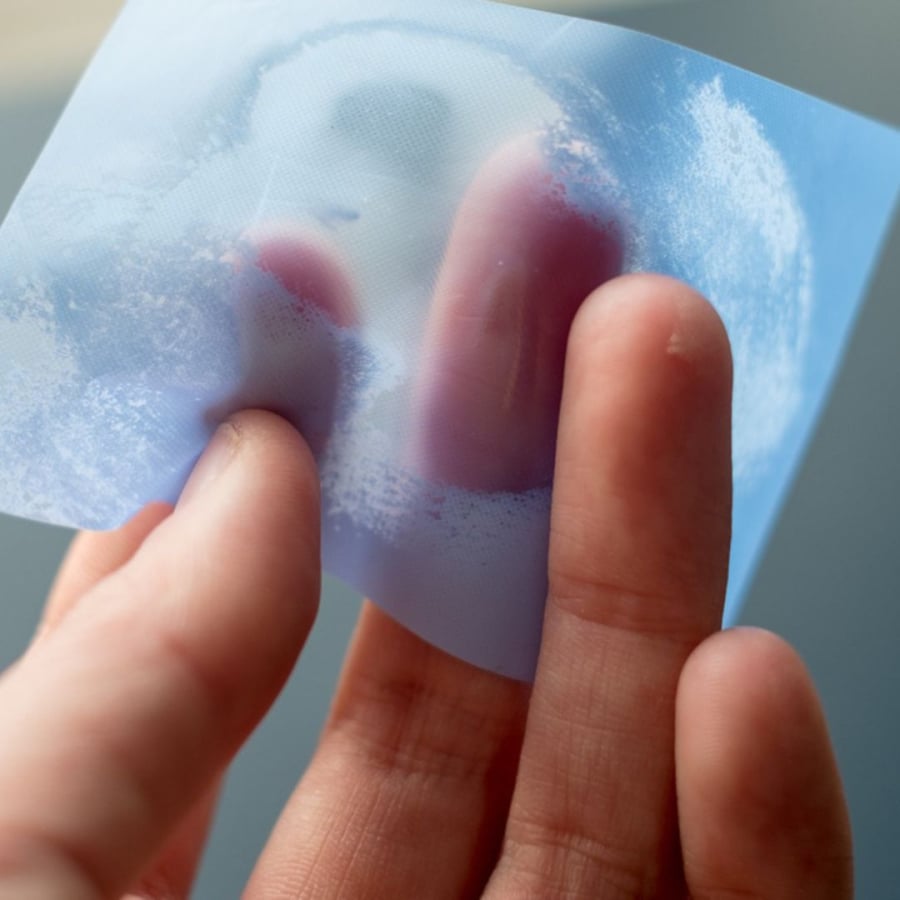
Instructions:
- Cleanse your face gently with a mild cleanser. Avoid using toner or moisturizer afterward.
- Wait for 30 minutes to an hour, allowing your skin to return to its natural state.
- Blot your face with the paper in different areas: forehead, nose, cheeks, and chin.
- Examine the paper for oil absorption:
- If all papers show significant oil absorption → Oily skin
- If papers from the forehead and nose show oil, but cheeks don’t → Combination skin
- If there’s no oil on the paper and your skin feels tight or flaky → Dry skin
- If there’s little to no oil and your skin feels soft and smooth → Normal skin
Method 2: Visual and Tactile Assessment
After cleansing your face and leaving it bare for about an hour, you can assess your skin type through visual observation and touch:
- Oily skin: Noticeable shine, especially on the nose and forehead. When touched, it feels slippery and may leave a residue.
- Dry skin: Tight feeling, rough texture, and tendency to flake.
- Combination skin: Oily T-zone (nose and forehead) and dry or normal cheeks.
- Normal skin: Soft, smooth, neither too shiny nor dry.
- Sensitive skin: Tendency to turn red, feel irritated, or itch when exposed to new products. May also experience itching or rashes.

Method 3: Makeup and Skincare Reaction Test
You can also determine your skin type based on how it reacts to cosmetics and skincare products:
- Oily skin: Foundation tends to slide off, and your skin quickly becomes shiny.
- Dry skin: Foundation may look patchy and cling to flaky areas.
- Normal skin: Foundation blends well and maintains its color throughout the day.
- Combination skin: The T-zone becomes shiny, while the cheeks remain dry or normal.

3. Important considerations when determining your skin type
- Avoid determining your skin type immediately after sun exposure, exercise, or a hot shower, as your skin’s condition may be temporarily altered.
- Weather conditions can influence your skin type. For example, your skin may be drier in winter and oilier in summer.
- Diet, hormones, and stress levels can also affect your skin’s oil production.
4. What to do after determining your skin type
For oily skin:
- Use a gentle, oil-control cleanser that doesn’t contain harsh alcohols.
- Opt for toners that help minimize the appearance of pores.
- Choose lightweight, gel-based moisturizers.
- Exfoliate regularly to prevent acne.
For dry skin:
- Cleanse with a mild, non-foaming cleanser.
- Deeply hydrate your skin with moisturizers containing hyaluronic acid and ceramides.
- Limit face washing to avoid over-stripping the skin of its natural oils.
- Use a sunscreen with moisturizing properties.
For combination skin:
- Care for each area separately if needed.
- Use products that balance moisture and control oil production.
- Avoid using heavy, rich creams all over your face.
- Maintain a basic skincare routine.
- Protect your skin from the sun with sunscreen.
- Avoid constantly switching products.
Determining your skin type is the crucial first step to achieving healthy and glowing skin. You can easily perform this assessment at home without specialized equipment by using simple methods such as the oil blotting test, visual and tactile evaluation, or observing your skin’s reaction to cosmetics. Remember that your skin may change with the seasons and your overall health, so it’s important to re-evaluate your skin type periodically to ensure you’re using the most suitable products.
“The Sweet Tooth Blues: How Socialite Dao Hy Nhi Reversed Dull Skin with a Dynamic Duo”
“Skin concerns like dullness, dark spots, and uneven tone may not impact one’s health, but they can certainly dent a woman’s confidence. Take a leaf out of real-life wealthy socialite, Dao Hy Nhi’s book, and discover her brightening skincare secrets with two easily accessible essence types found in today’s cosmetic market.”




